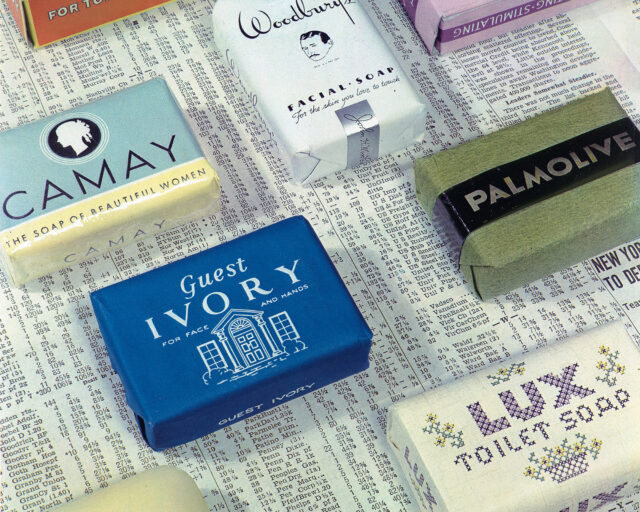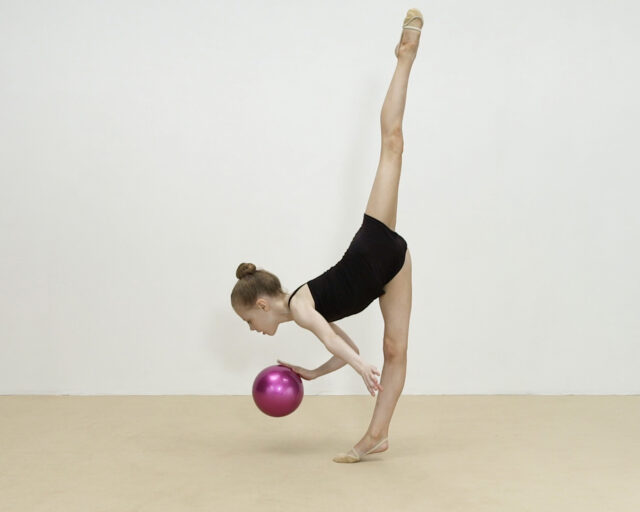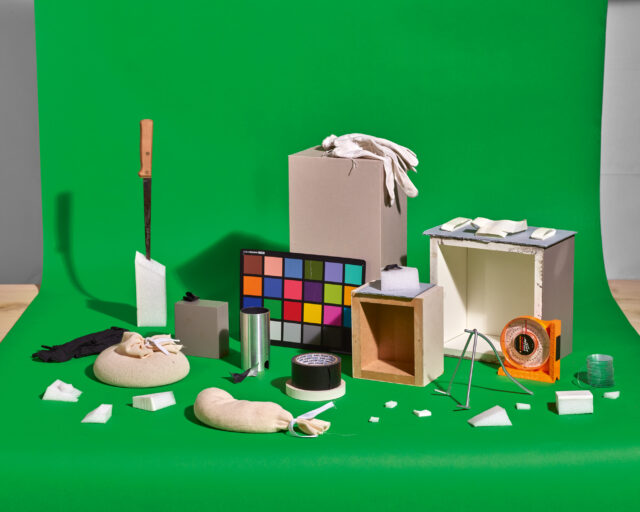Dress for What Job?

Irving Penn, Les Garçons Bouchers, Paris, 1950
© Condé Nast
Though often designed for function or protection, the uniform is also always symbolic. Each element of its specifics, from cut to color, court assumptions: about class, gender and sexuality, cultural heritage, and other markers of human experience and perspective. Full disclosure: I’ve only worn a uniform for one brief period, when I attended a private Anglican girls school for two years in junior high, a fact I rarely mention and a time I’ve opted largely to forget. The grey box-pleat skirt, tar-flapped white shirt (like a sailor’s) and maroon tie marked me out in ways that made me viscerally conscious of the privileged identity these clothes bestowed, and also of the ways I seemed to betray them. A uniform, after all, can denote the wearer as belonging to something just as much as it can indicate their status as an outsider.

Song Chao, Miners, 2000–02
© the artist
It’s this murky paradox that sparked curator Urs Stahel’s most recent exhibition UNIFORM: INTO THE WORK / OUT OF THE WORK, staged at MAST Foundation in Bologna, Italy. (The exhibition is currently closed to the public, but I was able to watch a video tour with the curator and read the accompanying catalogue.) “The Italian language has two words for this,” Stahel writes in the catalogue, ‘uniforme’ and ‘divisa.’ One word strongly emphasizes the unifying aspect, the other highlights the dividing aspect, the aspect of separation. They show inclusion and exclusion to be two related, connected actions.” UNIFORM brings together imagery made by more than forty photographers across a range of sociohistorical contexts in the twentieth and twenty-first centuries, from iconic portraiture and documentary work to more experimental, even fantastical, contemporary projects.

Florian Van Roeke, Chapter Three, V, from the series How Terry likes his Coffee, 2010
© the artist
Yet no one could have imagined, while conceiving of the show, the ways in which this historical moment has sharpened an awareness of the uniform. From the shortage of lifesaving personal protective equipment for doctors and nurses, hospital workers, and first responders, to the new heroism of grocery store employees, to the sudden market for fashionable face masks, the uniform has become a savior and a comfort. It is also a stark reminder of the perils and inequity of a class system that forces service-industry workers to risk their lives while others trade white collars for upscale loungewear in the refuge of the work-from-home world.
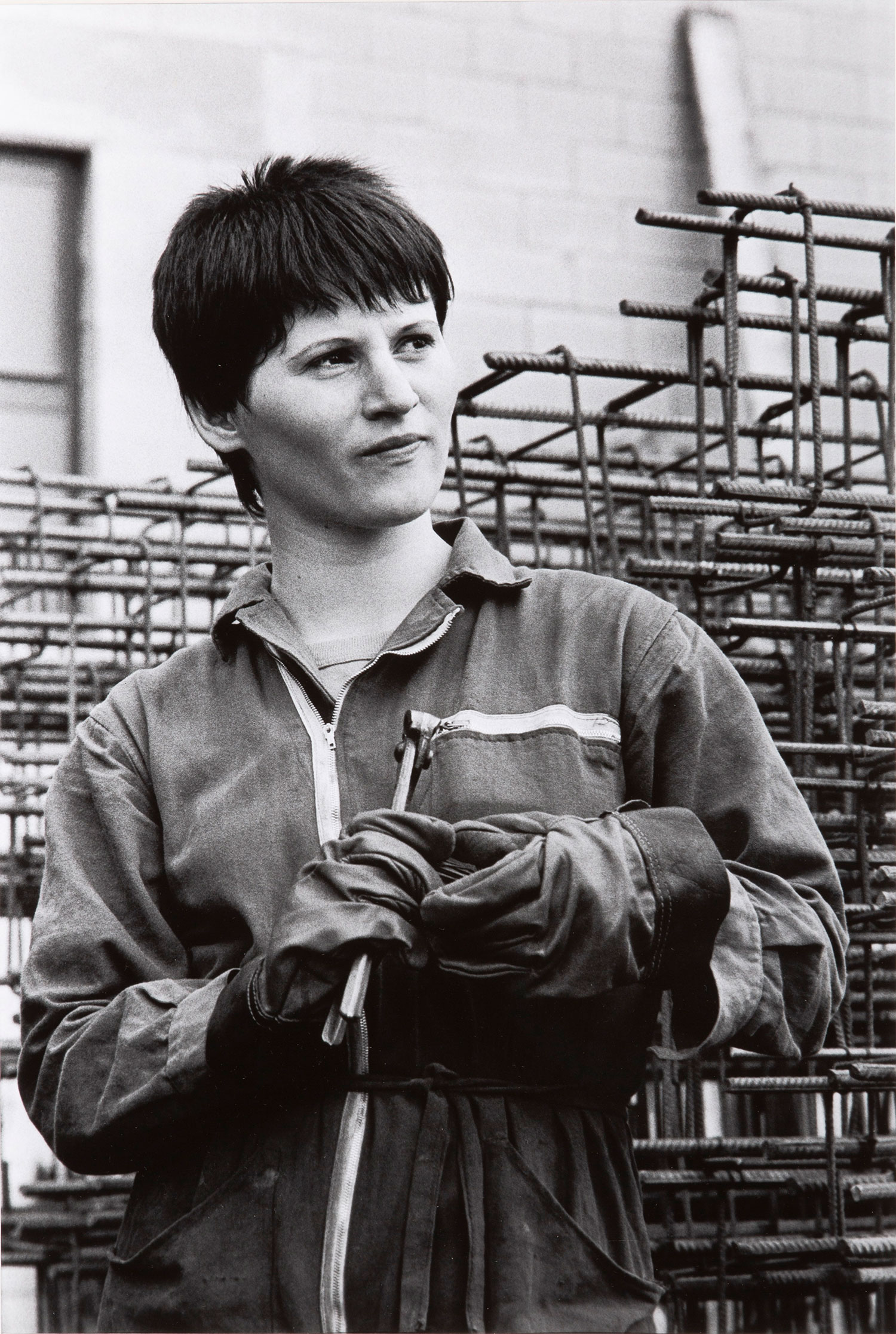
Paola Agosti, Forlì, Giovane operaia ferraiola in cantiere (Young iron worker), 1978
© the artist
Photography, like the uniform, can generate a visual order, deploying aesthetic uniformity—of backdrop, lighting, scale—to lend a sense of equality to diverse subjects. The exhibition is grounded by iconic twentieth-century projects that take such an approach. August Sander’s Rigger (1930) and a pair of Irving Penn’s Small Trades works from 1950 betray almost painterly traces of work in regal full-length portraits: blood and knives littering the aprons of a pair of butchers, the bulging eyes of a dead fish hanging limp in the hand of the fishmonger, a loosely gripped wrench. By contrast, Paola Agosti’s documentary project from the 1970s breaks away from the tightly structured image, exploring the rise of women laboring in Italian factories—wearing typically male attire in typically male arenas—such as the striking image Forlì (1978), of a young iron worker donning short hair and a jumpsuit.

Manuel Álvarez Bravo, Trabajadores del fuego (Fire Workers), 1935
© Archivo Manuel Álvarez Bravo
The functional garb of factory workers and tradespeople seems designed for ease of movement and to keep a layer of clothes beneath clean. Presciently, the exhibition also includes a cluster of work looking at the protective capacity of the uniform. In Manuel Álvarez Bravo’s The Fire Workers, Mexico (1935), two figures walk through a frame that resembles a sci-fi future. In another image, from Sonja Braas’s series An Abundance of Caution (2015), three eerily empty hazmat suits hold their shapes, as though their wearers have vanished, giving way to an unnamable lurking anxiety—the virus as metaphor.

Helga Paris, from the series Women at the Treff-Modelle Clothing Factory, 1984
© the artist
Clothing made to suit a trade, craft, or profession gives way, in the postwar era, to the corporate clerk—en masse, the infantry of consumer culture. Barbara Davatz’s series Beauty lies within. Portraits form a globalised fashion world (2007) is named for a clichéd slogan that used to be printed on H&M shopping bags. Davatz photographed eighty-one H&M employees in her studio, creating a kind of ethnographic study of globalized youth culture and of the aesthetic of mass-produced “fast fashion.” Marianne Mueller, whose work often explores otherwise overlooked everyday environments, captures portraits of the youngest employees of Migros, a Switzerland supermarket chain and that country’s largest employer. Each sitter is set before an orange backdrop—the striking, even overwhelming brand color of the corporation. Presented as large photographic grids, both projects evoke a struggle between homogenization and originality, the same forces at play as our eyes search among the portraits for marks of similarity and difference.
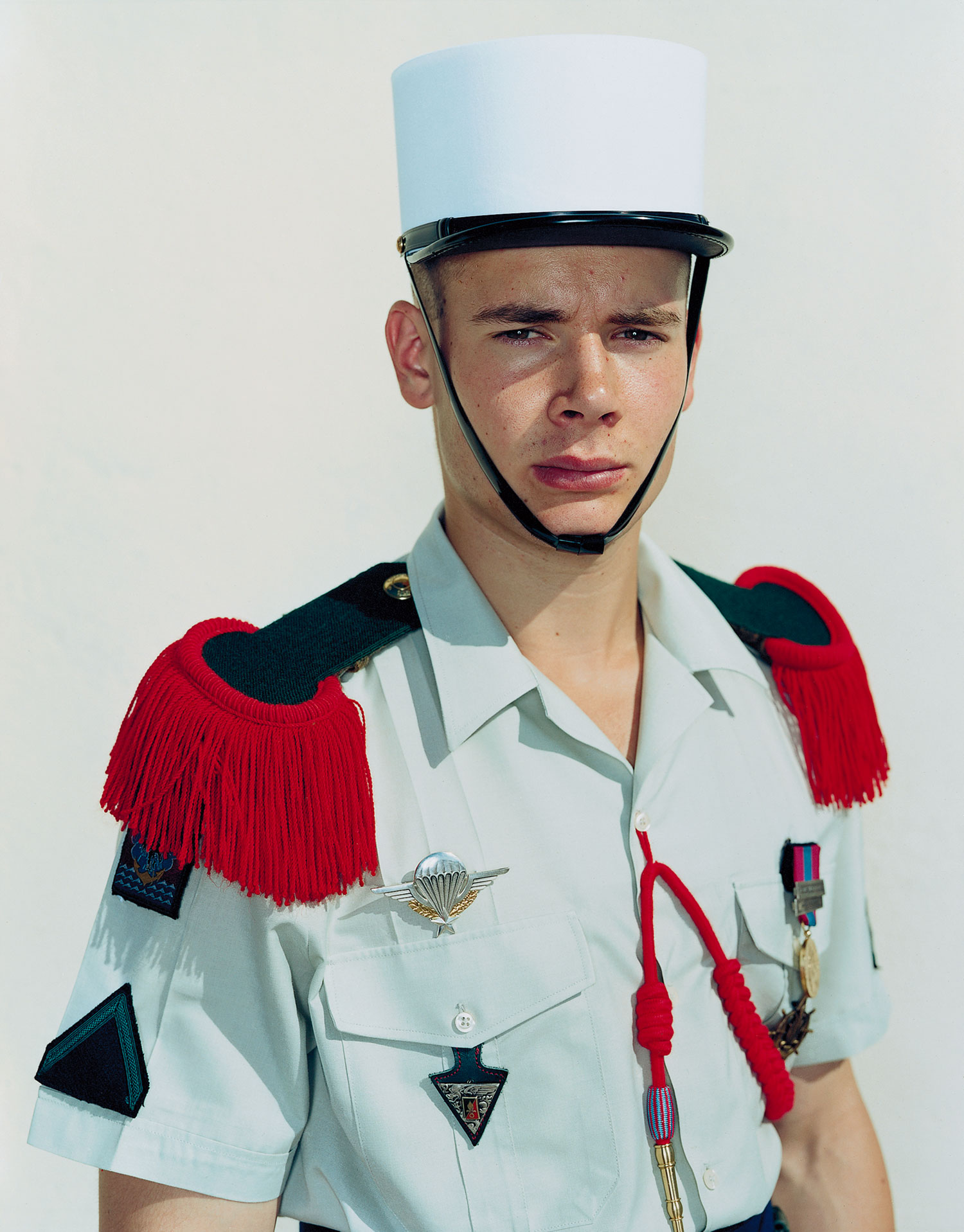
Rineke Dijkstra, Olivier, Camp Rafalli, Calvi, Corsica, June 18, 2001
Courtesy the artist and Marian Goodman Gallery, New York
Do we choose uniforms as a reflection of belief or value, or do they shape us? Rineke Dijkstra’s series Oliver (2000–03) tracks a young legionnaire, Olivier Silva, through three years of training, his adolescent innocence in the first image giving way to the appearance of hardened authority in the last. Dijkstra, whose work frequently traces moments of transformation, frames Olivier’s shifting identity in ways that appear both melancholy and deceptive. It’s hard not to mourn the boy whose worldview seems to have altered so radically. And yet, what does a sharply pressed uniform and a military haircut tell us about his character? The suit, like the photograph, is only an image.

Walead Beshty, University Museum Preparator, Ann Arbor, Michigan, March 27, 2009
Courtesy the artist and Regen Projects, Los Angeles
The exhibition has a coda of sorts, a projection of the art world’s more eccentric “uniform.” The voluminous installation includes 364 images of art-world professionals by Los Angeles–based artist Walead Beshty, who’s been amassing an archive of portraits for over a decade of individuals with whom he has worked. As curator, Stahel opted to organize the images according to their primary art-world activity: artist, curator, collector, arts administrator, et cetera (Beshty’s larger archive of 1,400 images and counting is ordered chronologically). Stahel’s catalogue text on them suggests the dream of an art-world counterculture, an “anti-uniform,” albeit an idea which “risks achieving the opposite.” Though moving as a gesture of acknowledgement and collaboration of often unseen labor, I’m not sure what one might glean from such a presentation sociologically, beyond the markers of exclusion and privilege that often inflect cultural work.

Installation view of UNIFORM at MAST Foundation, Bologna, Italy, 2020, with Marianne Mueller’s video Portraits (Guards), 2010–12
Other, spectral museum workers appear in the main exhibition. At various junctions in the show, visitors also encounter Mueller’s series Portraits (Guards) (2010–12), life-size video portraits of uniformed guards, watching over them from strategically placed screens. (All the subjects are real-life museum guards from the Peabody Essex Museum in Salem, Massachusetts, for which the work was originally made.) As an installation, they force a confrontation and consideration that doesn’t often occur between spectator and custodian. Though the installation itself is difficult to fully appreciate via digital documentation, it’s also one of the most affecting—the vision of these apparitions still guarding the work set against the question of what has happened to them, and others like them, amidst the mass closure of cultural institutions the world over.
UNIFORM: INTO THE WORK / OUT OF THE WORK opened at MAST Foundation, Bologna, Italy, on January 25; the museum is currently closed due to the coronavirus crisis. See the museum’s website for updates.










